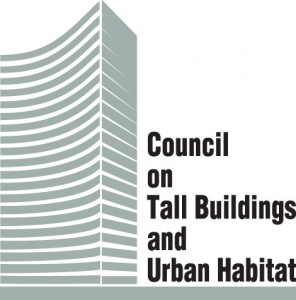 The Council on Tall Buildings and Urban Habitat (CTBUH) and several members of the Illinois Institute of Technology faculty have been awarded a grant from the Wanger Institute for Sustainable Energy Research (WISER) to study the energy-saving effectiveness of green wall façade systems.
The Council on Tall Buildings and Urban Habitat (CTBUH) and several members of the Illinois Institute of Technology faculty have been awarded a grant from the Wanger Institute for Sustainable Energy Research (WISER) to study the energy-saving effectiveness of green wall façade systems.
The project will analyze the ability of green wall systems, such as hanging gardens and “living walls,” to improve a building’s energy performance by decreasing heat transfer through facades. The study will also quantify the potential energy savings.
“This is developing as a key topic for the building industry as designers look for new ways to reduce a building’s energy consumption without reducing the aesthetics and atmosphere,” said CTBUH research associate Payam Bahrami.
Building designers are increasingly incorporating green walls into projects in an effort to improve the energy efficiency of buildings. The building industry uses 50.1 percent of all energy produced in the U.S., according to the U.S. Energy Information Administration. While glass and metal give modern building facades sleek appearances, their lower thermal resistance to heat transfer results in higher heating and cooling loads.
Green wall facades a re seen as one solution to creating more sustainable buildings. Green walls consist of plants integrated into vertical building surfaces, including hanging gardens, living walls and bioshaders.
re seen as one solution to creating more sustainable buildings. Green walls consist of plants integrated into vertical building surfaces, including hanging gardens, living walls and bioshaders.
This new study will develop a green wall model to simulate thermal processes in facade-integrated vegetation systems. A separate vegetation model will be developed to account for the thermal properties of plants and thermal processes in vegetation.
The $25,000 grant from WISER’s Interdisciplinary Seed Funding Grants program will be used to leverage larger grants, Dr. Bahrami said. Based at IIT, WISER focuses on developing innovative education and research programs to promote sustainability and clean energy.
The interdisciplinary team assembled for this research project includes Professor Peter Osler, Director of the Landscape Program in IIT’s College of Architecture , Dr. Herek Clack of the IIT Armour College of Engineering, Dr Antony Wood from IIT’s College of Architecture and CTBUH Executive Director, Dr Payam Bahrami, Research Associate for the CTBUH, IIT architecture PhD candidate Irina Susorova and two graduate students will also assist on this project.
The project is part of the on-going collaboration between CTBUH and the IIT College of Architecture. The project is expected to report its finding in May 2013.
